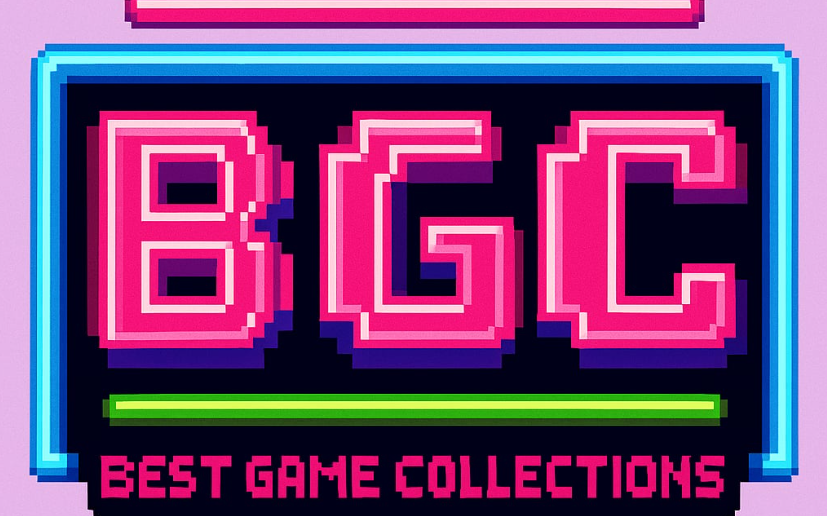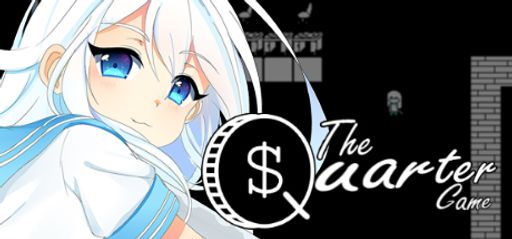I have always enjoyed games that reward exploration in even the smallest details. With The Quarter Game, I found a compact and exciting dive into the arcade-inspired hack and slash genre. Released on December 8, 2017, this top-down bullet-hell game challenges players to fight their way to corporate success. Although it stays modest compared to sprawling epics, its design and execution offer a focused and fun experience that deserves a closer look.
Overall Impressions
The Quarter Game is a quick, engaging break. The idea of battling foes to become a CEO feels both funny and bold. In my playthrough, the mix of retro arcade elements with modern twists stood out immediately. Some might see its short 25-minute session as a drawback, but I view it as a smart design choice for players who want a fast, adrenaline-filled challenge. Unlike many hack and slash games that drag on, The Quarter Game pushes high-intensity play. It fits well into the world of speedrunning and time trials—a tip of the hat to classic arcade legends.
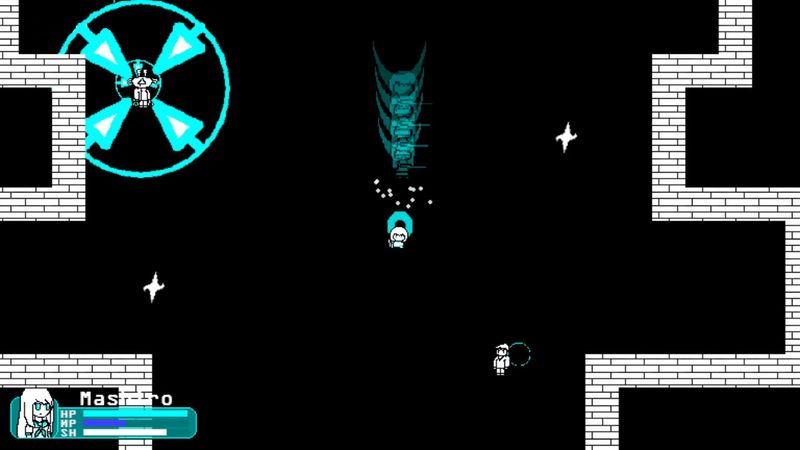
Gameplay Mechanics
The core mechanics center on fast, back-to-back combat encounters. I enjoyed the smooth controls and the sharp on-screen response. The gameplay is easy to learn and encourages repeated play. Players can improve their run times or search for hidden easter eggs in the detailed stage design. However, like many games for speedrunners, its focus on speed sometimes leaves deeper mechanics less developed.
Some reviews mentioned that combat gets off-balance when moving between stages or mixing charge and slash commands. I noticed this too. While the basic mechanics work well, the controls sometimes feel less responsive—especially during later boss fights. One reviewer suggested delaying the stage-four boss fight until players complete a hidden easter egg, and I found that advice pleasing. It rewards those who pay close attention to detail. I have always admired hidden collectibles and unique combat moves in top titles.
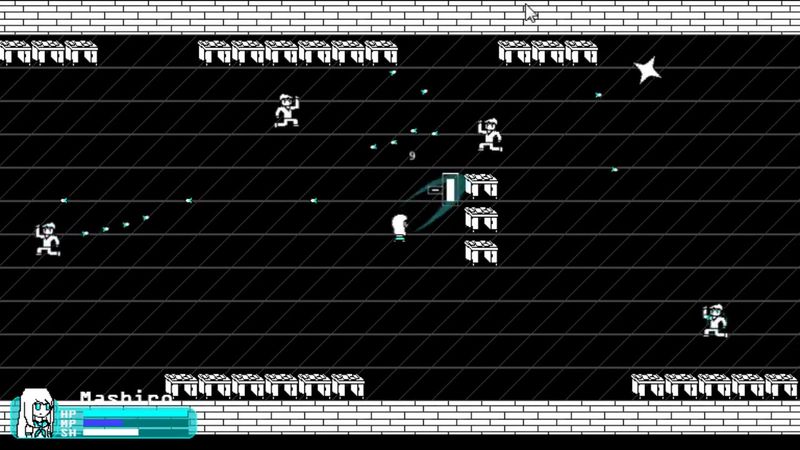
Story and Characters
In a brief game, a deep narrative is not the focus. The Quarter Game keeps its story light. The journey from mercenary to CEO offers a quirky twist on corporate advancement. Although the storyline is simple, subtle world-building and humor enrich it. Short dialogues and on-screen cues add a playful satire that pokes fun at corporate culture.
The characters are not deeply fleshed out but still leave an impression. Antagonists and bosses are drawn with minimalistic art that fits the game’s overall style. Even background figures add personality. Their design supports the game’s tone and sparks familiarity with classic arcade inventiveness. The developers wanted players to enjoy a refreshing, light take on a corporate climb—a concept that works well in this concise game.
Visuals and Graphics
The game’s minimalistic art style is a double-edged sword. The clean visuals evoke nostalgia, reminiscent of early arcade cabinets. Character designs and backgrounds lack the detailed textures of modern titles, but they maintain a focus on fast-paced action. I appreciated how the visual simplicity kept gameplay fluid and legible. This clarity is crucial in bullet-hell environments where enemy patterns must be easily recognized.
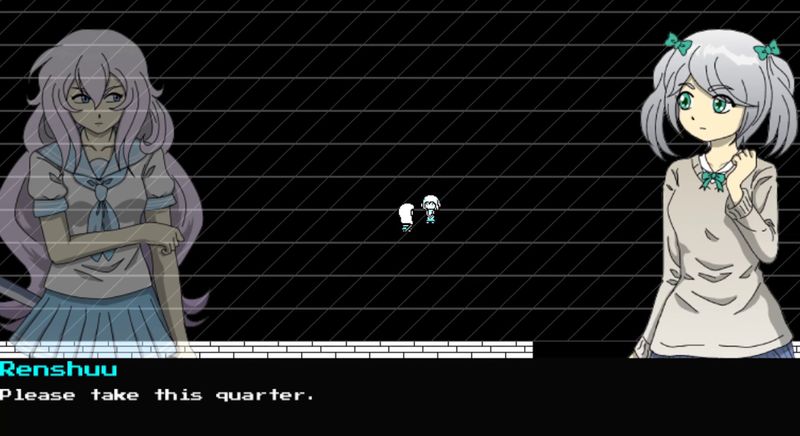
Some players critiqued the sprite work for not contrasting well with the characters. I noticed that visual distinction could sometimes be improved. Nonetheless, any minor missteps are quickly overshadowed by effective lighting and color use. A clever nod to Pong in the stage design adds a surprising and enjoyable homage that completionists will appreciate.
Sound and Music
This is where The Quarter Game truly shines. The soundtrack is one of its best features. Each melody matches the frantic pace of the game, pushing players to maintain momentum. The music is so captivating it almost feels like a reward. Sound effects are crisp and blend seamlessly into the experience.
Many players have praised the music, with some returning to the game for its audio alone. In a high-energy genre, the auditory cues help time attacks and avoid enemy projectiles. Despite its short runtime, the innovative sound design elevates every battle and memorable moment. It is a testament to the developers’ attention to detail.
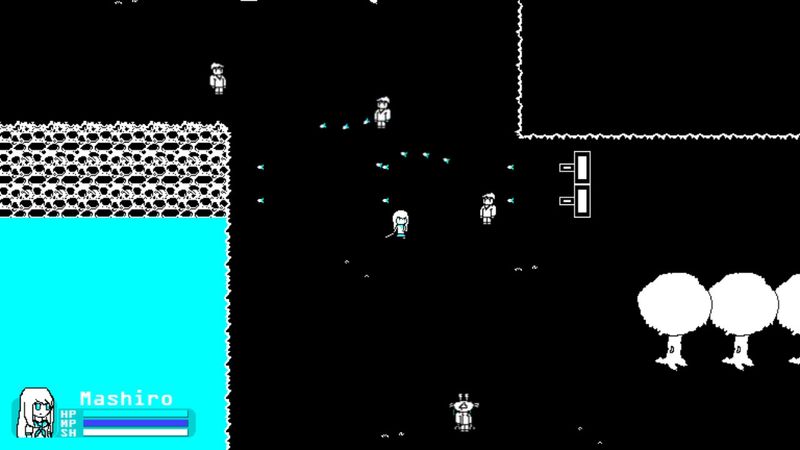
Difficulty and Replayability
The game’s challenge comes not from enemy density but from the need for precision and speed. Difficulty is well balanced, with later stages requiring more tactical play. Some might say a 25-minute runtime limits the challenge, but I see it as a burst of excitement. Each run feels like a chance to refine skills and beat record times.
Replayability comes through speedrunning challenges and hidden scavenger items. I played several rounds to master combat mechanics, layout, and secret pathways. The challenge to beat the developer’s record time is both humorous and serious. This design choice perfectly suits those who view gaming as a competitive sport.
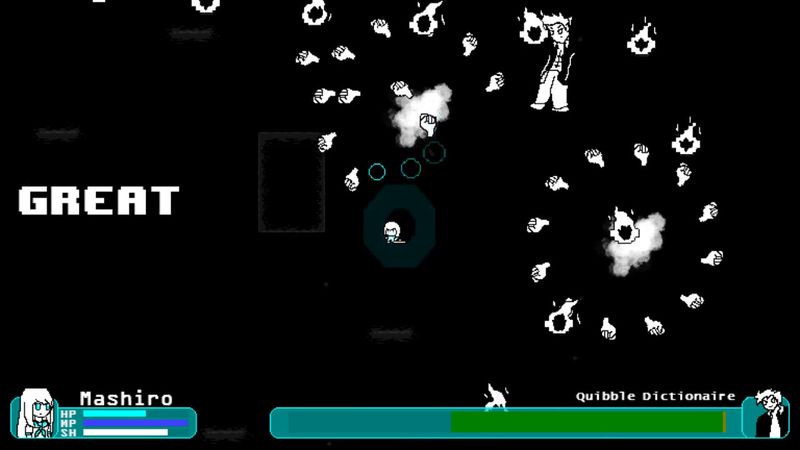
Final Thoughts and Score
The Quarter Game may run short, but its design brims with thoughtful details and replay value. Fast-paced combat and an outstanding soundtrack make it a memorable entry in the hack and slash genre. Minor issues like wonky transitions and occasional monotony surface, yet numerous ingenious touches—ranging from nostalgic art style to hidden easter eggs—balance them out.
The game caters well to both casual players and competitive speedrunners. The journey from fighter to CEO encapsulates its quirky charm, making every minute of play worthwhile. For those intent on exploring every nuance and capitalizing on hidden tricks, The Quarter Game delivers a concise yet expertly crafted experience.
I give The Quarter Game 3.5 out of 5 stars. Although it lacks the expansive depth of larger titles, its focused replayability, engaging soundtrack, and arcade sensibilities offer a delightful diversion for completionists like me—especially for those who value a game that delivers a thrilling, compressed session.
Until the next intriguing challenge awaits.
